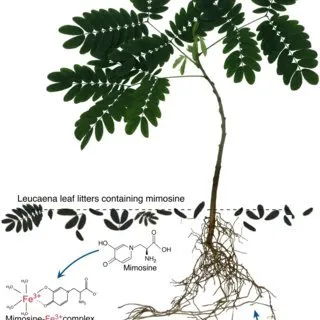In this post, we will continue describing agronomic aspects of leucaena, like all legumes, leucaena tends to be demanding in calcium and sulfur, which must be taken into account when establishing a fertilization program. This program should be carried out on the basis of a previous soil analysis for fertility purposes, in order to define exactly the type and dose of fertilizer to be applied.



▶ Organic fertilization is a way of assigning greater fertility to the soil in which crops are grown. In this sense, bioproducts (biofertilizers and biostimulators) are vital components of sustainable systems, since they constitute economically attractive and ecologically acceptable means, as they are key elements in the integrated management of crops.

▶ Credits: engormix – [Image of Public Domain]
≕ I invite you to stay tuned and read my next contribution ≔
Biofertilizers or biological fertilizers are based on microorganisms that promote and benefit plant nutrition and growth; these are soil microorganisms, generally fungi and bacteria, which are naturally associated with plant roots in a more or less intimate way.
Microorganisms that promote plant growth and nutrition facilitate, directly or indirectly, the availability of certain nutrients for plants, such as nitrogen, phosphorus or water, although there are also those that produce substances (phytohormones) that promote plant growth.

In turn, biofertilizers can be very useful in the recovery of marginal lands for agricultural and forestry use. The use of these products is a way to increase crop productivity, while reducing the perverse effects of chemical fertilization on the environment and health.
NOTE: Reference material.